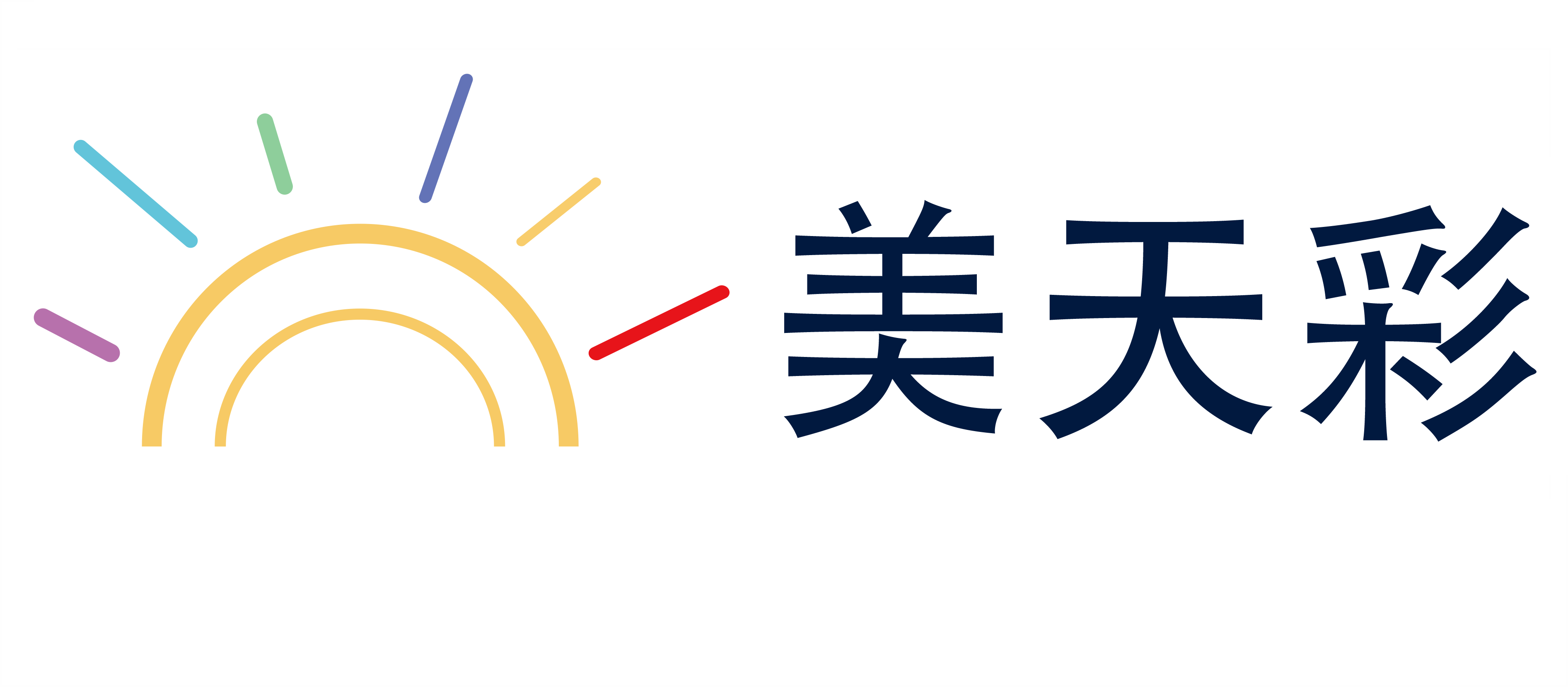东南亚儿童彩妆备案法规解读与应用
东南亚儿童彩妆备案法规解读与应用
近年来,随着儿童 beauty care 市场的快速发展, regulatory requirements for children's cosmetic products in Southeast Asia have become increasingly stringent. In order to ensure product safety, efficacy, and compliance, regulatory bodies in countries such as Thailand, Malaysia, Singapore, Philippines, and Indonesia have introduced specific guidelines and regulations for children's cosmetic products. This article will provide an in-depth analysis of the regulatory framework, the contents of the regulations, and their practical applications in the region.
1. 法规背景与概述
Southeast Asia countries have recognized the importance of protecting children from harmful cosmetic products. The regulatory landscape for children's beauty products is distinct from adult products due to the higher risk of adverse effects on minors. Regulatory agencies in these countries have developed guidelines to ensure that cosmetic products are safe, effective, and appropriately formulated for children.
Key regulatory bodies in the region include the Department of Consumer Protection (DCP) in Thailand, the Department of Health (DOH) in Malaysia, the Health and Mental Hygiene局 (HMA局) in Singapore, the Department of Tourism, Culture, and Sport in the Philippines, and the Department of Consumer Safety in Indonesia. These agencies are responsible for enforcing regulations, inspecting cosmetic products, and addressing compliance issues.
2. 法规的主要内容
The regulations for children's cosmetic products typically cover the following aspects:
- 产品标签与说明: cosmetic products for children must include clear and accurate product information, including the product name, ingredient list, usage instructions, and warnings. The product label must be in both English and the local language to ensure understanding by parents.
- 成分标准: cosmetic ingredients used in children's products must meet established safety standards. Ingredients that are harmful to children, such as parabens, lead, and formaldehyde, are restricted or prohibited. Formulations must comply with local toxicological guidelines to avoid severe adverse reactions.
- 生产许可证与备案制度: cosmetic manufacturers must obtain necessary production licenses before producing children's products. The production process must adhere to strict quality control measures to ensure product safety. Additionally, manufacturers are required to submit product designs, formulations, and other documentation for regulatory review and approval before the product can be marketed.
- 监管与检验: cosmetic products for children must undergo rigorous testing by regulatory agencies to verify compliance with safety standards. Sampling inspections may be conducted on batched products to ensure consistency and safety across the supply chain.
3. 备案要求与实施细节
The process of registering children's cosmetic products typically involves the following steps:
- 产品申请与提交文件: manufacturers must submit detailed information about the product, including the product name, active ingredients, formulation, usage instructions, and target age group. They must also provide scientific studies and other supporting documents to demonstrate product safety and efficacy.
- 审查与批准: regulatory agencies review the submitted files and conduct inspections on the production facility. If the product meets the regulatory requirements, it will be approved for registration, and a production license will be issued.
- 产品认证与标识: Once registered, children's cosmetic products must carry the CE (European Union) or FSC Certification (in countries like Malaysia and Philippines) to indicate compliance with international or local standards. The product packaging must also display the relevant certifications.
4. 实际应用与案例分析
To illustrate the practical application of the regulations, let's take a closer look at the regulatory framework in Thailand.
In Thailand, the DCP has introduced strict regulations for children's cosmetic products. The DCP requires cosmetic manufacturers to conduct in vitro testing and in vivo studies to demonstrate the safety of the product. Additionally, the DCP mandates that cosmetic products for children must contain only non-toxic ingredients and must not contain harmful substances such as parabens and lead.
A case study of a Thai cosmetic company revealed that the company faced significant challenges in registering its children's product due to non-compliance with the DCP's regulations. The company had to conduct additional testing and submit revised product formulations before it was approved for registration. This incident highlights the importance of adhering to regulatory requirements in order to avoid legal and financial risks.
5. 国际与地区间的比较与差异
The regulatory framework for children's cosmetic products varies across Southeast Asia, but there are also some commonalities. For example, all countries in the region have introduced regulations that require cosmetic products for children to be free from harmful substances and to comply with established safety standards. Additionally, all regulatory agencies have established inspection units to monitor compliance and address non-compliance issues.
However, there are also differences in the regulatory framework across countries. For instance, the DCP in Thailand has introduced stricter requirements for children's cosmetic products compared to the DOH in Malaysia. While both agencies require cosmetic products to be safe for children, Thailand's regulations are more stringent in terms of ingredient testing and product labeling.
6. 备案的经济与社会影响
The process of registering children's cosmetic products can have both economic and social implications. From an economic perspective, compliance with regulatory requirements can increase production costs, which may limit the market penetration of certain products. However, the implementation of regulations can also stimulate innovation in cosmetic formulations, as manufacturers are required to develop safer and more effective products to comply with the regulations.
From a social perspective, the regulations have contributed to a greater awareness of product safety among parents. Parents are now more informed about the risks associated with cosmetic products and are able to make more informed purchasing decisions. This has led to a greater emphasis on product safety and quality in the children's cosmetic market.
7. 未来发展趋势
The future of children's cosmetic备案 regulations in Southeast Asia is likely to be shaped by the increasing demand for safe and effective cosmetic products. With the growing number of children using cosmetic products, regulatory agencies will continue to focus on enforcing safety standards and promoting responsible cosmetic formulation practices.
Additionally, the rise of digital platforms for cosmetic product sales may require regulatory agencies to adapt their oversight mechanisms to ensure compliance with regulations. For example, e-commerce platforms may need to implement additional measures to monitor product compliance and prevent counterfeit products from entering the market.
结论
The regulatory framework for children's cosmetic products in Southeast Asia is designed to ensure product safety, efficacy, and compliance with established safety standards. The process of registering children's cosmetic products involves rigorous scrutiny of product formulations, ingredient lists, and compliance with regulatory requirements. The regulations have contributed to a greater emphasis on product safety and quality in the children's cosmetic market, while also promoting innovation in cosmetic formulations.
As the children's cosmetic market continues to grow, regulatory agencies will play a key role in ensuring that cosmetic products are safe for minors. By enforcing strict regulations and promoting best practices in cosmetic formulation, the region can continue to support the growth of a safe and sustainable children's cosmetic market.
上述信息,涵盖图片、视频以及各类文字资料,美天彩仅扮演信息存储的角色。若存在任何侵犯知识产权或其他合法权益的情形,请立即联系我们删除,切实维护您的权益。
郑重声明
- 延伸阅读:

Experts Q & A
外贸专家答疑
为了帮助您更快地解决问题,建议向我们的外贸专家进行咨询,提供专业的方案咨询和策划。


马上留言 (0) 0